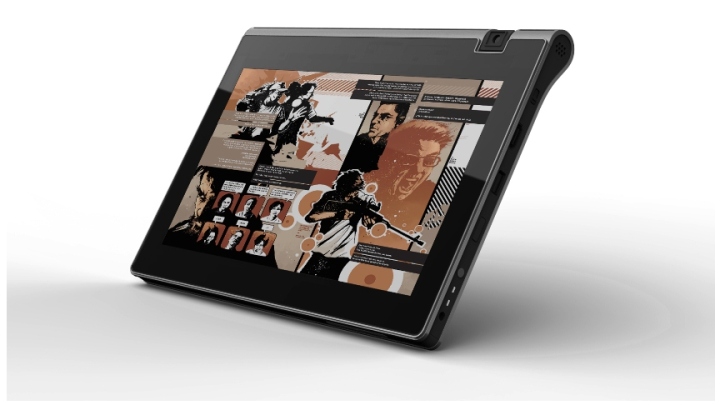I root for MeeGo because it has a lot of advantages over Android and iOS:
- More open than Android, the source code repositories can be read by anyone, and anyone can contribute at least patches. Any device manufacturer can take the source code any time and try to slap MeeGo onto its device.
- Has a lot of optimizations for both ARM and x86 (Intel & Nokia cooperation), so it is relatively easy to deploy it on both hardware architecture. (Important for manufacturers.)
- It uses a more standard Linux kernel than Android so it can follow the progress of the Linux kernel much more closely than Android (continuously better device support...etc).
- It is a real, full-blown Linux system. The user interface - while nicely optimized for touch - is based on standard X-Windows technology, so EVERY current Linux software can run on it without major porting work (e.g. Firefox, Open/LibreOffice, Thunderbird). Tablet optimized and non-tablet-optimized software can run next to each other. Of course you need a keyboard and mouse for the non-tablet apps.
- Imagine the Motorola Atrix: Due to the previous point, you wouldn't need a separate Webtop environment for desktop applications, one, sophisticated shell can handle all applications concurrently. (in the case of the Atrix, the currently shipping Webtop environment is dumbed-down, static, non-extendable Linux desktop which integrates poorly with the concurrently running Android apps)
- Among other technologies, it can run full-blown Java apps as well, not only Flash, like Android. This could be a strong differentiation in an enterprise environment.
- It is absolutely imaginable to run Android apps in the MeeGo environment if the developers decide to support it (Dalvik is just another VM like the Java VM and dual/quad-core ARM Cortex-A9 with 1GB RAM can run as many VMs as you want). This is going to happen on the BlackBerry Playbook, there is no reason for not implementing it in MeeGo.
I believe Nokia has made a HUGE mistake by choosing Microsoft WP7 for its primary platform. MeeGo has a much better chance of becoming a real, multi-vendor OS solution that seamlessly replaces Symbian. It would give as much differentiation for Nokia as WP7 does and it would fit better with the current customer base of Nokia (a lot of which will never buy a WP7 phone).
